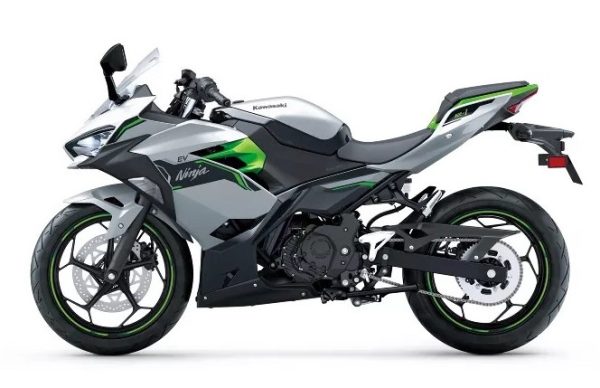Electric Kawasaki Announced: Ninja E-1 and Z E-1
These Electric models will aim to capture the 125cc commuter class for urban mobility Kawasaki Europe has officially announced full specifications and details about its first electric motorcycles. Ninja e-1 sportbike and the naked Z e-1 are to be launched in Europe. Both models are classified as 125cc-class motorcycles and will reach European markets soon. […]
Electric Kawasaki Announced: Ninja E-1 and Z E-1 Read More »

